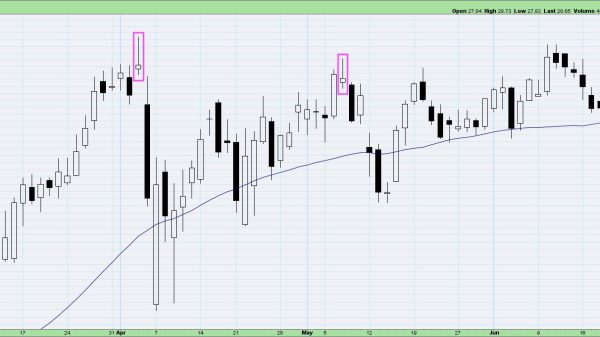Russia-China Copper Deals Skirt Sanctions
Quick Look
Russian and Chinese firms disguise new copper as scrap to bypass tariffs and taxes. Trade data discrepancies suggest major inconsistencies in reported copper scrap exports. Surge in global copper prices influenced by these manipulative trade practices.The RCC, along with various Chinese firms, have discovered a loophole. This loophole allows them to bypass Western sanctions and evade taxes, thus enhancing their profit margins in an unconventional way. Additionally, new copper wire rods are being shredded and disguised as scrap metal. This tactic is specifically designed to exploit disparities in international tariff systems.
This practice is primarily conducted in the remote Xinjiang Uyghur region. It involves shredding new copper wire rods to make them nearly indistinguishable from genuine scrap. Consequently, this process not only alters the physical appearance of the metal but also cleverly manipulates the financial implications associated with its trade.
Under current regulations, Russia’s export duty on unaltered copper rods stands at seven per cent. In contrast, the levy on scrap is ten per cent. On the flip side, China imposes a four per cent tax on imported copper rods. However, Russian scrap enters at zero duty, making the financial incentive clear.
Data Discrepancies Reveal Suspicious Activities
The ramifications of these activities are evident in the disparities between Chinese and Russian trade data. Since the inception of this scheme in December, Chinese customs have reported a substantial increase in copper scrap imports from Russia. Contrasting this, data sourced from a reliable commercial provider highlights that the actual scrap metal exports to China are minimal. This stark inconsistency points to underlying discrepancies and raises alarms about the legitimacy of the recorded transactions. China, which has become a pivotal market for Russian commodities following the imposition of U.S. sanctions on Russia due to the Ukraine conflict, appears willing to participate in these dubious trade practices.
Impact on Global Copper Prices
This underhanded trade is not just a matter of regulatory manipulation but also influences the global copper market significantly. As of early 2024, copper prices have soared, achieving levels not seen since June 2022. Fueled by fears of potential production cuts in China and escalating demand linked to the transition to green energy, the price of copper has increased by approximately ten per cent since the start of the year. Market analysts from BMI, a Fitch Solutions unit, have projected further rises, adjusting their average annual price forecast to £9,200 from £8,800 per tonne. This surge is largely due to an unexpected tightening in global mine supply, notably due to significant production cutbacks at First Quantum’s mine in Panama.
The unfolding scenario highlights a complex web of evasion and financial manipulation. Here, geopolitical tensions and economic sanctions intermingle with global commodity markets. Consequently, as stakeholders scramble to adjust to these dynamics, the importance of the copper trade between Russia and China escalates. Indeed, this trade remains a critical point of interest for both market analysts and regulatory bodies.
The post Russia-China Copper Deals Skirt Sanctions appeared first on FinanceBrokerage.
























